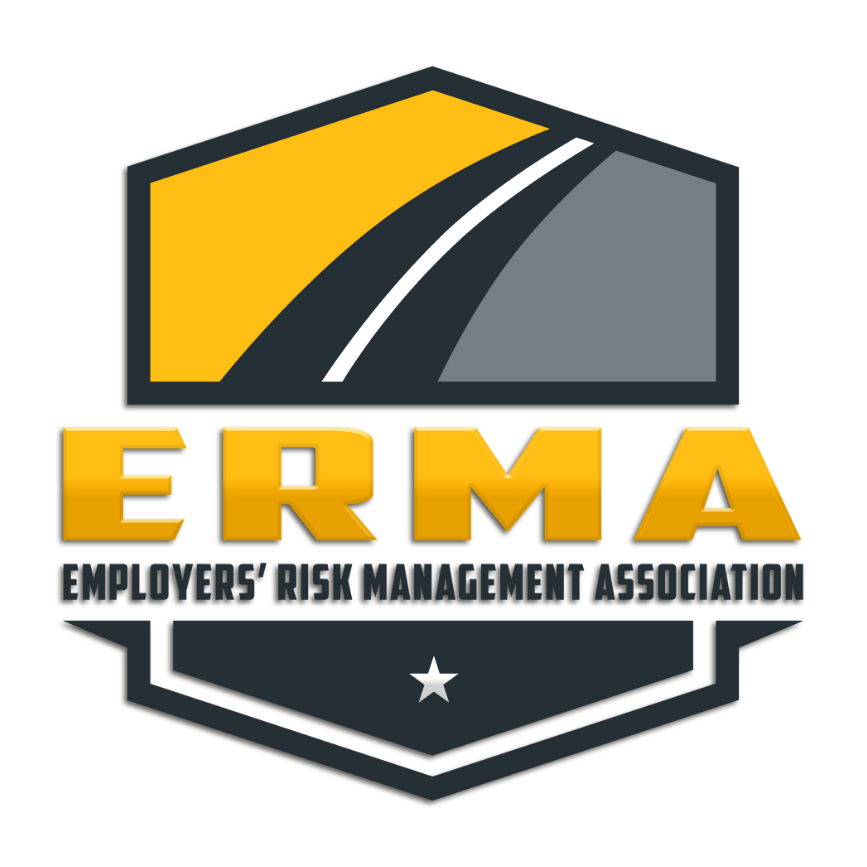1. Name three of the top eye hazards on the jobsite.
• Flying particles ejected from tools or blown by the wind.
• Chemical splashes.
• Swinging objects.
2. What is the most important tool to help prevent eye injuries? Safety Goggles.
3. What accidents happen when you take off your safety glasses? There are a variety of ways you can get debris in your eyes, wiping your face particles can easily fall out of eyebrows or hair and into your eyes.
4. What is the proper way to wear your protective eyewear? Safety glasses should rest firmly on top of the nose and close but not against—the face. If they are uncomfortable, foggy or sight-restrictive, then find a different pair. Don’t let excuses get in the way of protecting your eyes.
5. If you find _______ ___________ uncomfortable, experiment with different sizes or styles.
6. Make sure ______ fit well while you are also wearing your hard hat and other _________ ______________.
7. Wear ________ or __________that are properly ventilated for the work you are performing. Unless you are working near splash hazards, use ______that have plenty of side ventilation.
8. Select True or False for the following statements.
• If you wear prescription glasses, you should always wear goggles designed to fit over your glasses or safety glasses made with your prescription. T or F
• If your goggles fog up, do not try a model with more ventilation or coat them with an anti-fog liquid. T or F
• One should always wear a sweatband or handkerchief around your head to keep sweat off your goggles. T or F
• Scratched and dirty glasses or goggles will not reduce vision, cause glare and may contribute to accidents. T or F

